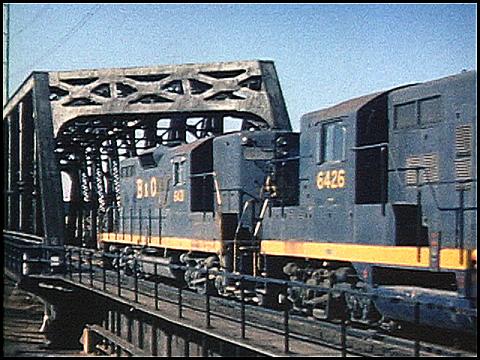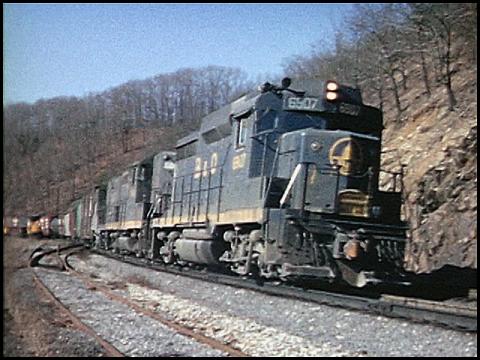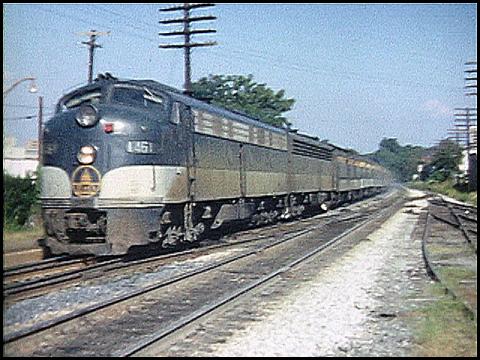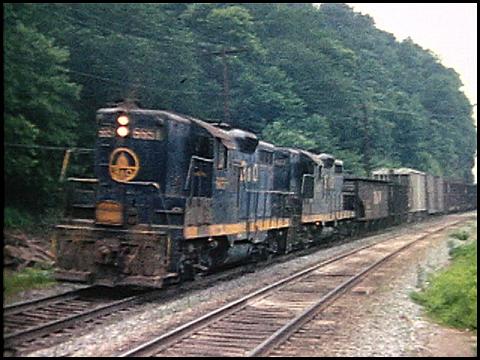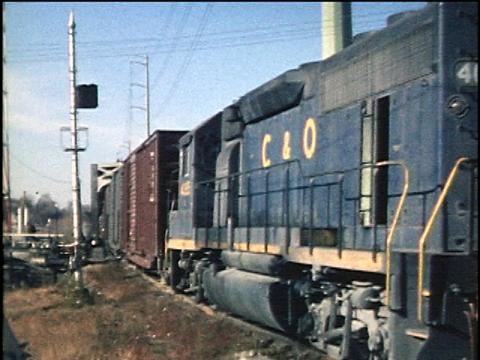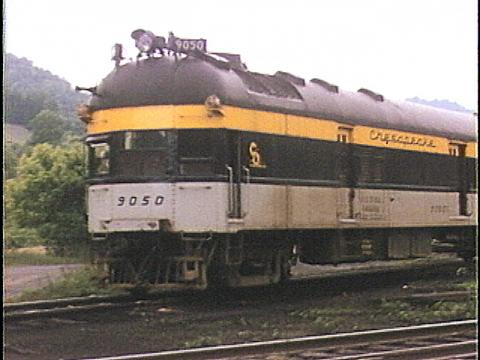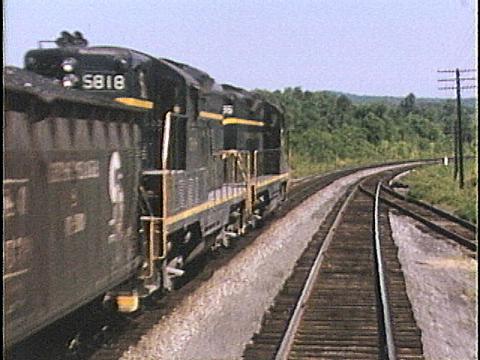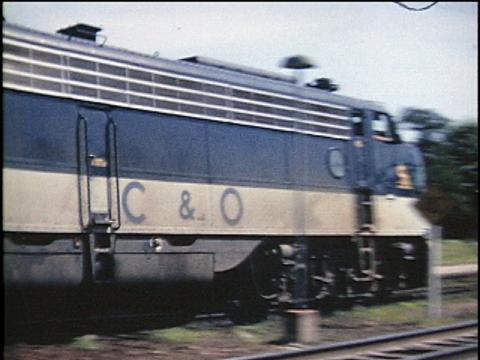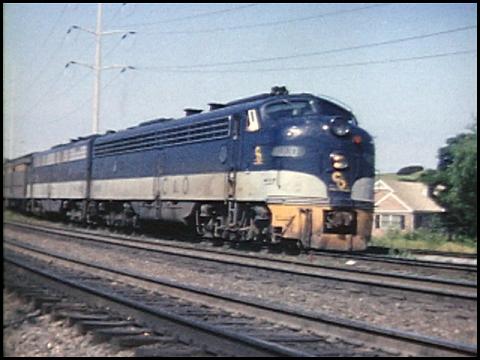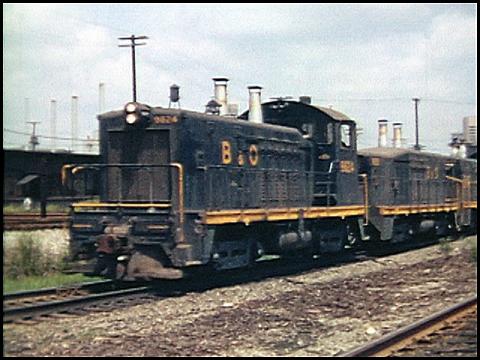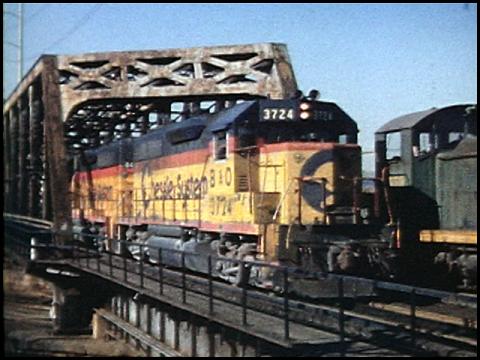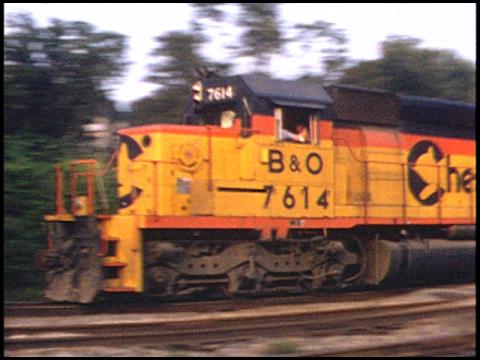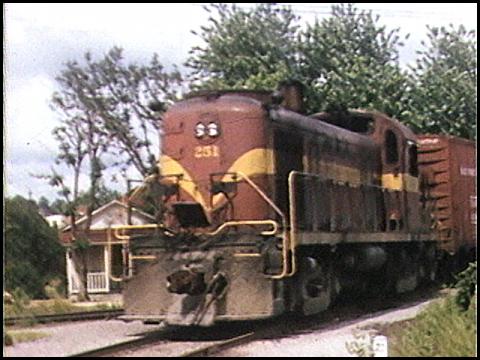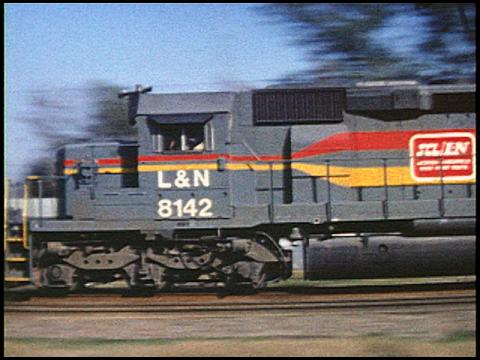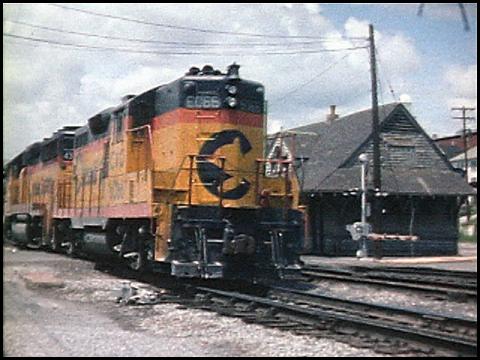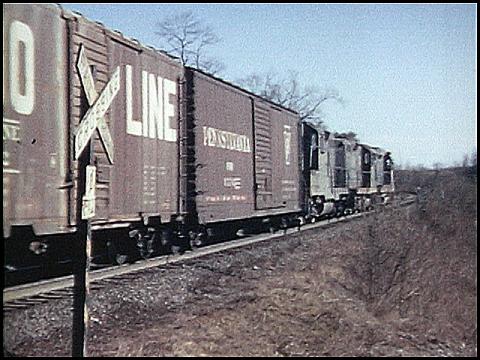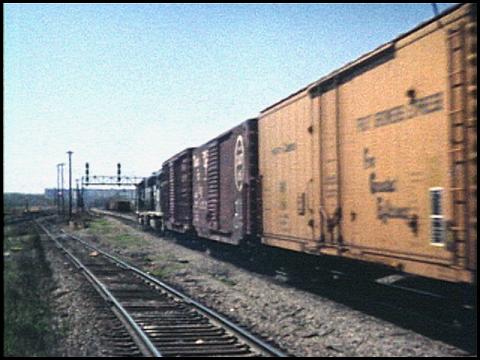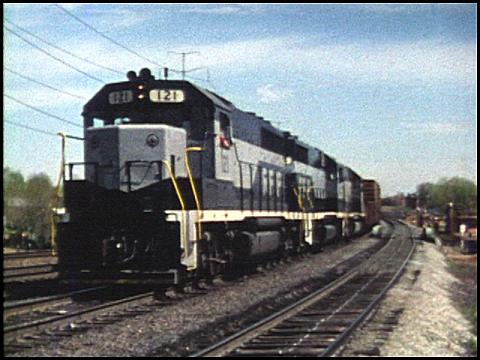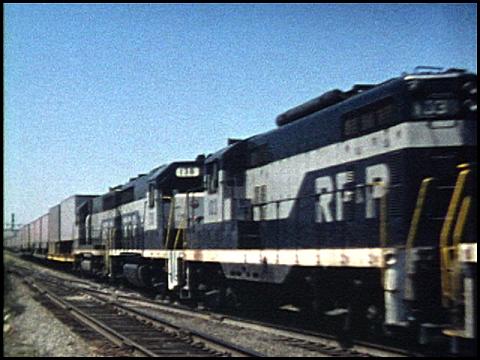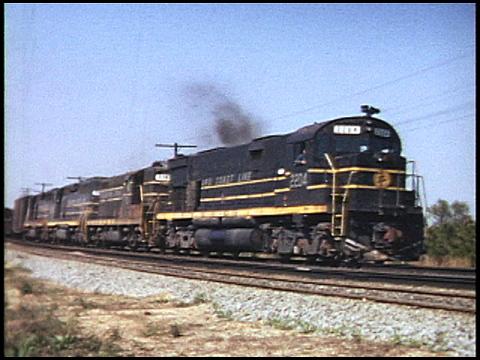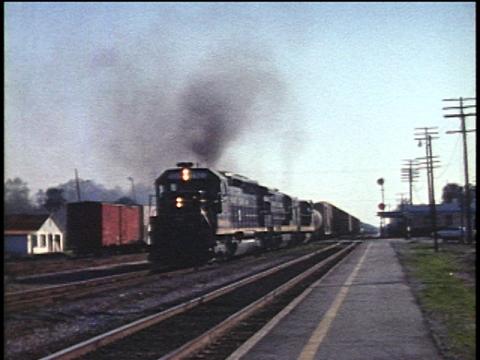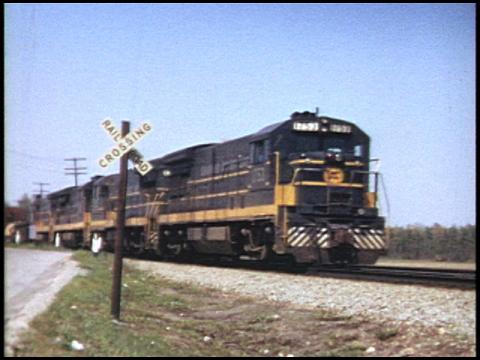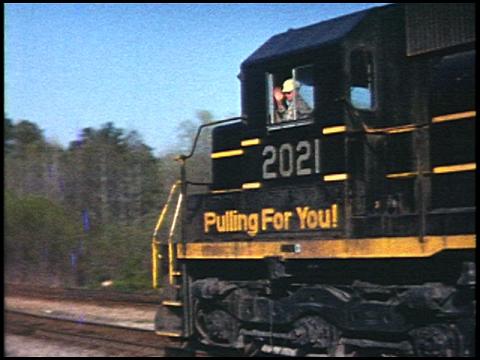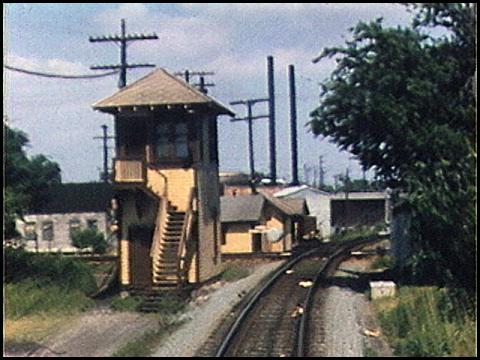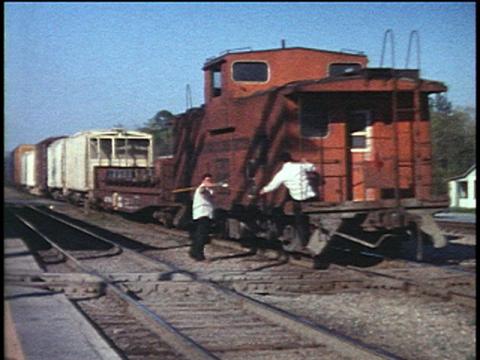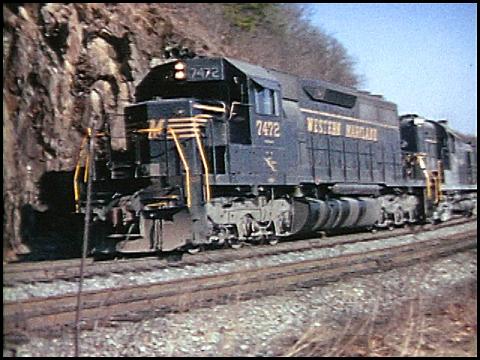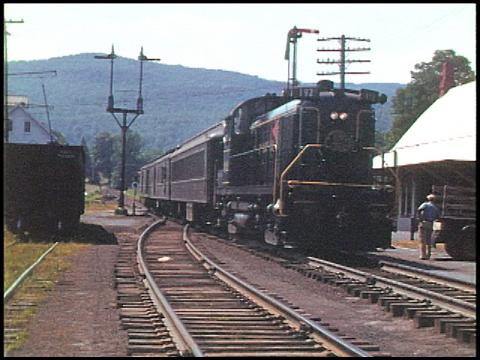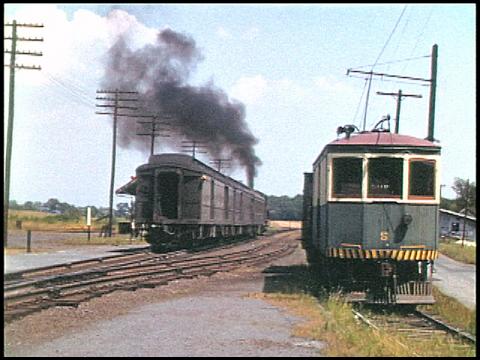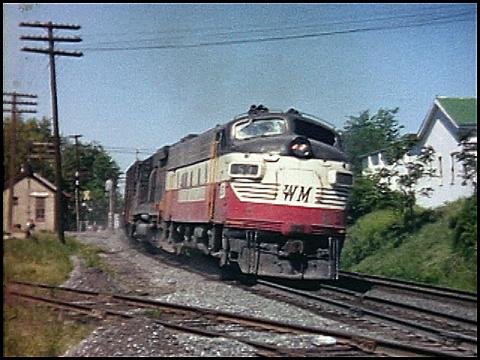Chessie and Seaboard Hall of Fame
Have you wondered what ever happened to some of the railroads you grew up with? This presentation could shed some light on those thoughts and at the same time, bring back visions of many things that have vanished from the railroad scene.
The mergers and their strategies are explained with some of the hidden history behind all the big changes in eastern railroading. This feature uses numerous maps and graphics created for this feature to put everything into historic and geographic focus.
This presentation is really two shows brought together into a two hour double-feature.
See the B&O, C&O and Western Maryland in both freight and passenger trains in a time-period that had far more variety in road names, equipment and methods of operation. Don’t miss those beautiful B&O passenger trains that proudly carried the nation’s capitol dome on their nose.
See a colorful mix of first and second generation diesels through many of their paint scheme phases.
This two hour feature explains how the C&O and the B&O were first merged together -- and how the Western Maryland came into the picture to form the Chessie System.
If you miss those colorful Chessie System diesels, this feature has near-new looking examples of them in this presentation.
The Seaboard Coast Line merger of the combined Atlantic Coast Line and the Seaboard Air Line began in the 1960s.
This presentation explains how the L&N came into the picture and how the Seaboard Coastline, the L&N, the Clinchfield, and several other smaller roads, were marketed as the Family Lines in the 1970s.
The SCL had famous passenger trains that maintained their popularity until 1971.
The Family Lines era of the 1970s became the Seaboard System by 1982 and those colors come back to life as well.
The Richmond Fredericksburg & Potomac, or RF&P, was a 113-mile long double-tracked bridge line that neatly linked northern and southern roads together. This presentation brings the last 20-years of that roads independence to your screen.
The 1970s became an especially difficult time for many railroads. The bankruptcies, and little-known “could-have-been” mergers, of that era are explained. This was the virtual “minefield” that Chessie and the Seaboard had to operate in. They both emerged in good shape for their eventual merger into the CSX.
